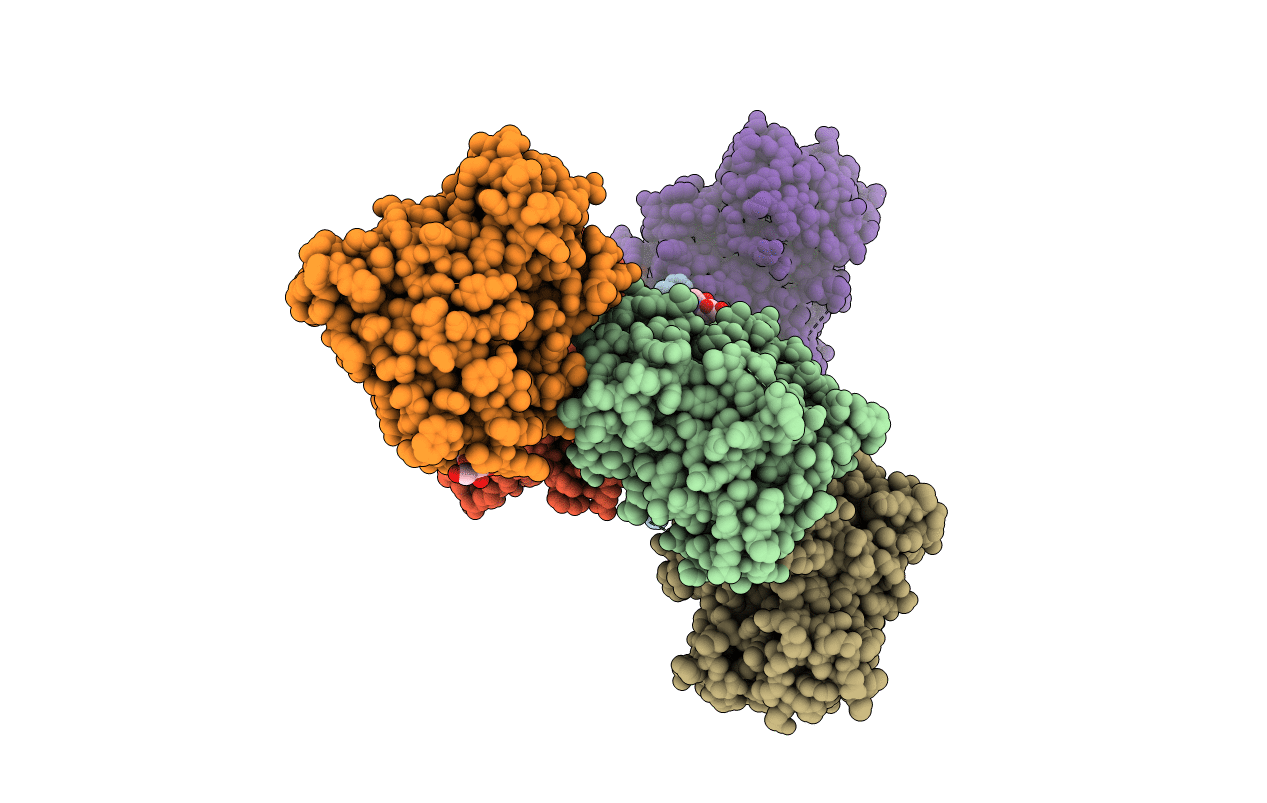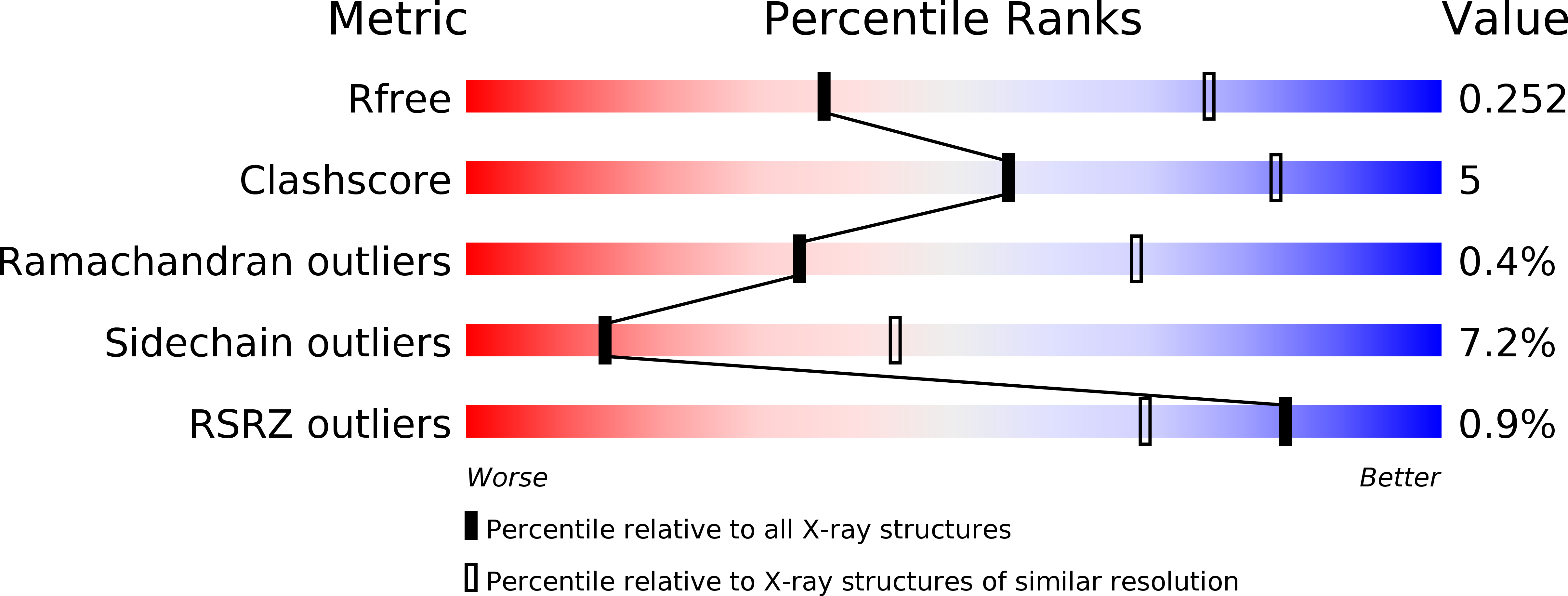
Deposition Date
2017-08-17
Release Date
2017-12-20
Last Version Date
2024-11-06
Method Details:
Experimental Method:
Resolution:
3.10 Å
R-Value Free:
0.25
R-Value Work:
0.20
R-Value Observed:
0.20
Space Group:
P 1


